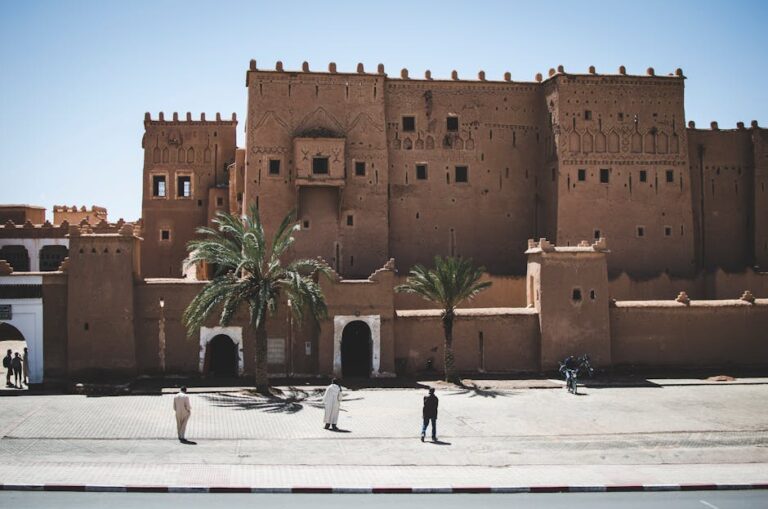Table of Contents
Been knocking about this publishing game longer than most folk’ve been alive, it feels like. Seen fads come and go. Remember when everyone thought Flash was the bee’s knees? Hah. Anyway, there’s this thing, fineartamerica. Been around a while, hasn’t it? Every other artist, seems like, asks me about it. Is it a good shout, they wanna know. Or is it just another digital dust-collector for their efforts?
Me? I’ve watched it grow. Watched it expand, gobble up different kinds of art, photography, you name it. It’s got a big footprint, that’s for sure. A massive storefront, you might say, for anyone with a brush or a camera. And that’s the rub, isn’t it? A massive storefront means everyone and their nan is in there, elbowing for space. A proper bun fight sometimes.
The Big Shop Window: What Fine Art America Is
Right, so fineartamerica. What is it, really? It’s a print-on-demand operation, first and foremost. You upload your image, they print it on canvas, metal, paper, even shower curtains these days. T-shirts, phone cases. The whole shebang. They handle the printing, the shipping, the money. Sounds grand, doesn’t it? Artists just make art, and fineartamerica does the rest. On paper, it’s a dream. A digital gallery that never closes. For most artists, especially the ones just starting out, or the hobbyists, it’s a no-brainer to dip a toe in. No inventory, no shipping woes.
Now, I’ve had artists tell me they’ve made a decent bit of scratch on there. Enough for a new lens or a stack of paint. Then others, they’ve gotten nothing but crickets. You put your art up, you set your prices, then you wait. See what happens. It’s a lottery, a bit. Some folks get lucky, their stuff gets seen, sells. Others, well, their work just sits there, gathering digital dust, like I said. The platform itself, it’s functional. Not gonna win any design awards, mind you. But it works. And that’s what most people care about, ain’t it? Does the thing work?
Getting Your Art Seen: The Uphill Climb
It’s all well and good having your art on a platform, but if no one sees it, what’s the point? This is where the rubber meets the road. With millions of images uploaded, yours is just one in a sea of many. How do you stand out? You’ve got to be a marketer, a social media whiz, a networker. Not just an artist. That’s the brutal truth of it. You can’t just upload and hope. That’s pure fantasy, that is.
You gotta push your own work, share it on every platform under the sun. Facebook, Instagram, Pinterest. Get people clicking your link. fineartamerica gives you the tools, but it ain’t doing the heavy lifting for you on the promotion front. And some folks, bless their hearts, they think just being on there is enough. Nah. That’s like opening a shop in the middle of nowhere and wondering why no one walks in.
The Commission Conundrum: What You Actually Make
Let’s talk brass tacks. Money. How much of that dosh actually lands in your pocket? Fine Art America takes a cut. All platforms do. It’s how they keep the lights on. You set a base price, say for a print, and then you add your markup. They take their bit, you get yours. Pretty standard.
But here’s the thing, sometimes that cut feels a bit hefty, doesn’t it? Especially on the lower-priced stuff. You sell a greeting card for a few quid, and after their slice, you’re left with pence. It adds up, of course, if you sell a load. But it takes a lot of sales to make a living wage just from this platform. Many artists, the real earners, they use fineartamerica as one stream, not the only stream. Wise, that is. Put all your eggs in one basket, you know what happens then.
Alternatives and Diversification: Don’t Put All Your Eggs…
So, if fineartamerica isn’t the be-all and end-all, where else do people go? I’ve seen artists spread themselves thin, but honestly, it’s the smart play.
There’s Redbubble, for instance. Lot of younger artists, designers, seem to gravitate there. Very similar model to Fine Art America, but maybe a bit more emphasis on quirky designs, t-shirts, stickers. Then you’ve got Society6. Another big player. Seems to have a bit more of a curated feel, some might say. Good for homewares. I hear some artists do better there for decor bits.
For the more photography-focused crowd, often times they are looking at places like SmugMug or even just running their own e-commerce shop through Shopify. It’s more work, building your own site, but you keep all the profits. That’s a big draw for some.
And let’s not forget the big boys in the print game. You’ve got companies like Printful and Printify. They’re more behind-the-scenes, less a marketplace. You connect them to your own online store, say on Etsy or Shopify, and they print and ship when someone buys. It means you handle the marketing, the customer service, but you’ve got more control, and the margins can be better. It depends on how much hassle you’re willing to take on, doesn’t it?
The Gallery Game: Not For The Faint of Heart
Then there’s the whole other world. The proper art world. The galleries. Now, we’re talking different kettle of fish entirely. fineartamerica is for the masses, for digital prints. Galleries, well, that’s where the high-end stuff lives. The originals.
I’m talking places like Gagosian Gallery or David Zwirner. These aren’t for your average artist selling a landscape print. These are for established names, folks who’ve been at it for decades, or the rising stars with institutional backing. You don’t just “upload” your art to them. They find you. Or, more likely, you schmooze for years, go to all the right parties, get known in the right circles. A whole different ball game, that is. It’s who you know, a bit of luck, and a whole heap of talent. But mostly who you know.
The Niche Marketplaces: Finding Your Tribe
Beyond the giants, there are specialized marketplaces. I’ve heard good things about Saatchi Art for original art. They take a bigger cut, sure, but they’re selling originals, often at higher price points. And they do some promotion for you. Artfinder is another one. More curated than Fine Art America, which some artists prefer. They want to be on a site that feels a bit more, well, exclusive. Less like a bargain bin. It depends on your style, your medium. Do you want to be a big fish in a small pond, or a guppy in the ocean?
FAQ: What kind of art sells best on fineartamerica?
Ah, the million-dollar question. From what I’ve seen, landscapes, abstracts, wildlife photography, anything visually striking or emotionally resonant seems to do well. People buy what they connect with, what looks good on their wall. It’s not about high art in the gallery sense; it’s about decor, gifts, personal taste. It’s a commercial platform, remember that. Not a museum.
The Algorithm’s Whims: Playing The Game
Every platform has its algorithms, don’t they? The mysterious code that decides who gets seen and who gets buried. fineartamerica is no different. Keywords are king. Tags. Descriptions. You gotta think like a search engine, not just an artist. That’s the dirty secret. Your art might be brilliant, but if you don’t tag it properly, it’s invisible.
And the algorithm changes. What worked last year might not work this year. It’s a constant game of cat and mouse. You gotta keep up, or get left behind. It’s frustrating, I know. You just want to create. But if you want to sell, you gotta play the game. Some artists get proper cheesed off with it, constantly tweaking, optimizing. A thankless task, sometimes.
The Artist’s Grind: More Than Just Making Art
Being an artist today, it’s not just about the painting or the photograph. Not anymore. It’s about being a marketer, a social media manager, a graphic designer, a business person. And a psychologist, probably, to cope with all of it. fineartamerica, it’s a tool. A big, powerful one, sure. But it’s just one piece of the puzzle. You gotta learn the ropes. The whole thing.
Some of the best artists I know, they spend as much time promoting their work as they do creating it. Which is a bit depressing, if you think about it. But that’s the way it is. If you’re serious about making a living from your art, you need to treat it like a business. It’s not just a hobby. It’s a proper job, that is. A lot of graft.
FAQ: Is it easy to upload and sell on fineartamerica?
Uploading is dead easy, yeah. Selling? That’s the hard part. The technical side, adding images and descriptions, pretty straightforward. It’s getting eyeballs on your work that’s the real challenge. You need to promote it yourself. They don’t just send you buyers on a silver platter.
FAQ: Can you really make a living just from Fine Art America?
For most folk, no. It’s a supplementary income, a nice bonus. A few, the ones with a massive following or a very specific niche, they might do really well. But it’s not a common path to full-time income, not purely from that platform alone. You need to diversify.
Look, fineartamerica is a decent platform. It is. For what it is. It lets you get your work out there, printed on a whole load of stuff, without having to mess about with printers and shipping and all that palaver. It handles the boring bits. Which is a godsend for some. But it’s not a magic bullet. Never was. And anyone who tells you otherwise is selling you a pup. You still gotta do the work. The real work. Finding your audience. Selling your own story. Building your own brand. All that stuff. It’s a marathon, not a sprint. And a tough old marathon at that.












